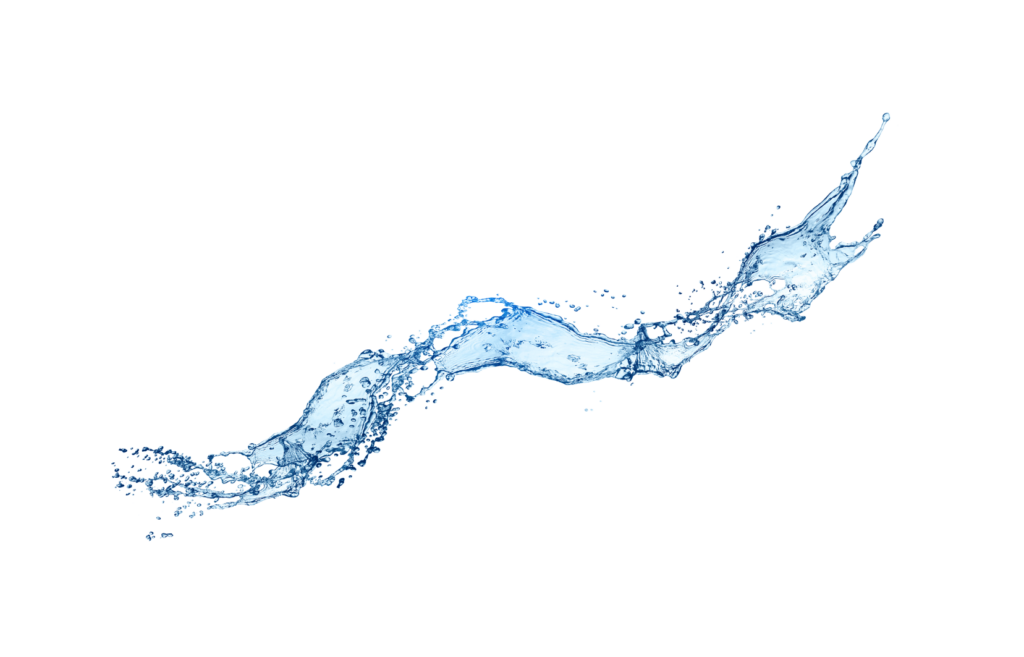In the quiet Swedish town of Ronneby, researchers uncovered a troubling story of chemical migration. They examined how PFAS migrate from a mother’s bloodstream through the placenta to her developing baby.

A Community’s Unwitting Exposure
Ronneby residents drank contaminated water for years. No one knew. The pollution came from firefighting foam used at a nearby airfield. PFAS seeped into the groundwater. The town discovered this contamination in late 2013.
This unfortunate circumstance created a rare research opportunity. Scientists could study real-world PFAS exposure at high levels. The Ronneby Mother-Child Cohort formed. Local mothers and their babies joined this important research project.
What Makes These Chemicals So Concerning
PFAS earned the nickname “forever chemicals” for good reason. They persist in our bodies and environment for years. We find them everywhere now. They coat non-stick pans. They waterproof fabrics. They strengthen food packaging. However, their useful properties come with hidden costs. The human body struggles to eliminate PFAS once exposed. These chemicals circulate in our blood. They accumulate in our organs. They can disrupt hormones. They might harm our immune systems. As such, PFAS effects on developing fetuses raise special concerns.
The Study’s Design and Methods
The researchers recruited 200 mother-infant pairs between 2015 and 2020. Most participants came from Ronneby. The team also included 35 women from nearby Karlshamn as a reference group. These women had only background PFAS exposure.
Scientists collected maternal blood during pregnancy. The average collection occurred around week 29 of pregnancy. They also gathered maternal blood samples at delivery. Umbilical cord blood completed the sample set.
The team analyzed eight specific PFAS compounds and three PFOS isomers. They used liquid chromatography-tandem mass spectrometry for precise measurements. This sensitive technique could detect even minute concentrations.
Researchers categorized participants into three exposure groups. Background exposure meant PFHxS levels below 0.84 ng/mL. High exposure meant levels above 43 ng/mL. Intermediate exposure fell between these values.
Key Findings on PFAS Transfer
PFHxS showed the highest transfer efficiency. The median ratio between cord blood and maternal blood reached 0.68. This means about 68% of a mother’s PFHxS concentration transferred to her baby. PFOA also crossed efficiently. Its transfer ratio measured 0.67. For both chemicals, shorter carbon chains facilitated easier placental passage. The researchers observed significant variation between participants.
They found striking differences among PFOS isomers. Branched forms crossed more readily than linear forms. The linear n-PFOS isomer showed the lowest overall transfer. Its median efficiency measured just 0.33. The study revealed higher transfer rates when measured at delivery versus earlier in pregnancy. This finding helps standardize future research. It suggests maternal hormone changes or physiological adaptations might affect transfer.
Exposure Levels and Transfer Patterns
The researchers discovered an unexpected pattern. Transfer efficiencies appeared higher in women with background exposure. This finding persisted even after accounting for maternal characteristics. For example, PFHxS transferred 54.2% less efficiently in highly exposed mothers. The team suggested this might indicate saturation of transport mechanisms. Protein binding differences might also explain this pattern.
Despite lower efficiency, absolute exposure remained high. Babies born to highly exposed mothers still received substantial PFAS doses. Their cord blood showed concentrations many times higher than babies in the reference group. The exposure profile reflected the specific contamination source. PFHxS and PFOS dominated, reaching levels up to a hundredfold higher than background. This chemical signature matched the firefighting foam composition.
Methodological Strengths and Limitations
The researchers acknowledged variation in sampling timing. Most background-exposed women provided samples later in pregnancy. This timing difference might partly explain observed transfer differences. The team noted potential analytical challenges. They observed possible interferences in cord blood samples. These technical issues might affect measurements, particularly at lower concentrations. The Ronneby cohort offered unique advantages. The wide exposure range allowed comparison across different concentration levels. The sample collection methodology minimized systematic bias. All samples underwent analysis in matched batches.
Broader Implications
This research extends beyond Ronneby. PFAS contamination affects communities worldwide. The findings highlight pregnancy as a vulnerable period. They emphasize the importance of protecting drinking water. They demonstrate how environmental pollutants reach the next generation. The study also raises questions about long-term effects. Will these exposures affect children’s health years later? How might different PFAS combinations interact? When will these chemicals finally leave their bodies? These questions remain unanswered.
Hope Amid Concern
The study concludes with cautious optimism. Awareness grows. Regulations tighten. Technologies improve. The scientific community focuses increasing attention on PFAS. Public health advocates demand action. Affected communities share their stories.
This Swedish research contributes vital knowledge. It helps doctors advise pregnant women. It guides environmental cleanup efforts. It informs chemical regulation. It reminds us that environmental health determines human health. The journey of PFAS from mother to child represents just one chapter in a larger story. Our chemical-dependent society creates ripples across generations. The Ronneby study helps us see these connections more clearly.
About the Research
Erika Norén and Annelise J. Blomberg led this investigation as co-first authors. Christian Lindh, Daniela Pineda, Kristina Jakobsson, and Christel Nielsen completed the research team. They published their findings in March 2025. The Journal of Exposure Science & Environmental Epidemiology carried their work. This peer-reviewed publication ensures scientific rigor. The research community received this important contribution with great interest.




